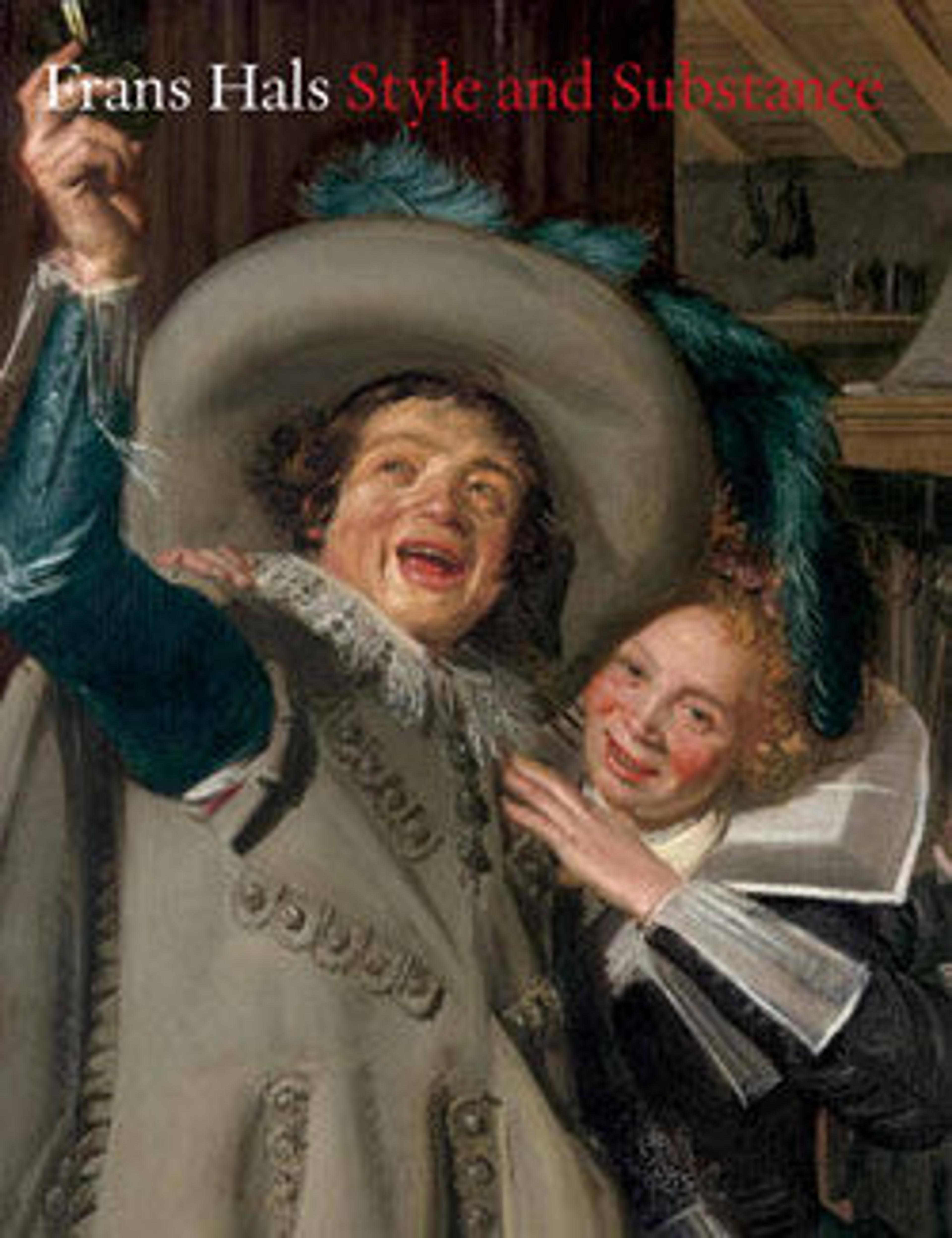Study Head of an Old Man with a White Beard
Rubens’s practice of using real people as models for figures in his religious and mythological scenes was followed closely in Antwerp by his younger colleagues Jacob Jordaens and Anthony van Dyck. This painting was once attributed to Rubens, but its comparatively soft forms and textured surface are typical of the young Van Dyck and contrast with Rubens’s emphatic modeling and incisive draftsmanship.
Artwork Details
- Title: Study Head of an Old Man with a White Beard
- Artist: Anthony van Dyck (Flemish, Antwerp 1599–1641 London)
- Date: ca. 1617–20
- Medium: Oil on wood
- Dimensions: 26 x 20 1/4 in. (66 x 51.4 cm)
- Classification: Paintings
- Credit Line: Egleston Fund, 1922
- Object Number: 22.221
- Curatorial Department: European Paintings
More Artwork
Research Resources
The Met provides unparalleled resources for research and welcomes an international community of students and scholars. The Met's Open Access API is where creators and researchers can connect to the The Met collection. Open Access data and public domain images are available for unrestricted commercial and noncommercial use without permission or fee.
To request images under copyright and other restrictions, please use this Image Request form.
Feedback
We continue to research and examine historical and cultural context for objects in The Met collection. If you have comments or questions about this object record, please contact us using the form below. The Museum looks forward to receiving your comments.
